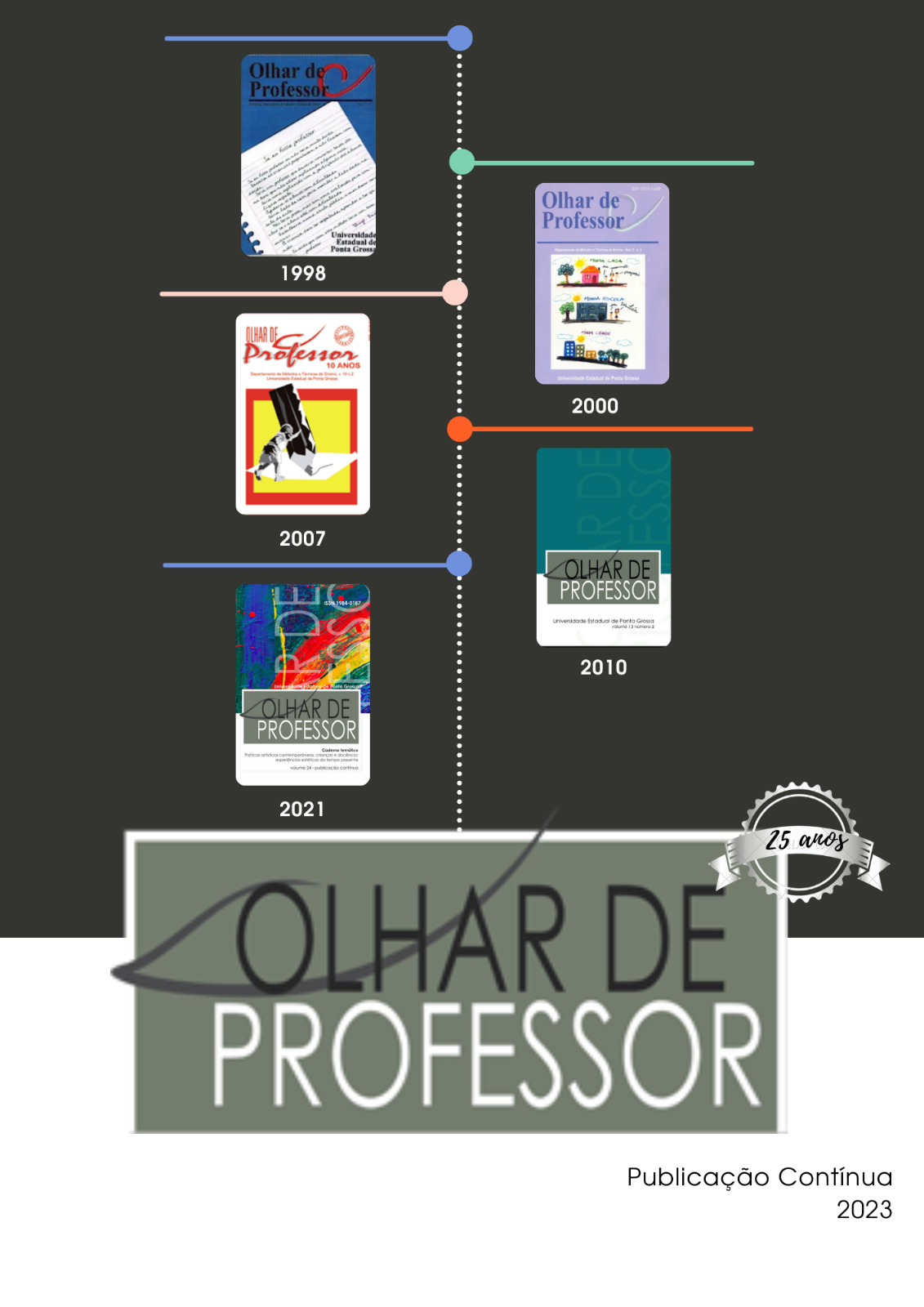Regulatory documents and inclusive practice in freire's perspective: approaches and distancings
Main Article Content
Abstract
This article problematizes the normative forecast of documents related to inclusion and praxis in the Freirean perspective, trying to discuss the similarities and differences between the normative documents of inclusion and the practices of school learning according to Freirean theory. To this end, a bibliographic review was adopted as a methodological procedure. From the evaluation, two axes emerge: approximations between normative documents of inclusion and learning practices according to Freirean theory; distance between normative documents of inclusion and learning practices according to Freirean theory. The first axis is more present in the documents and is divided into two groups: Protagonism and Participation, two Freirean assumptions. The second axis appears more subtly and is associated with the banking education fought by Freire. It can be considered that the level of approximation between the normative documents of inclusion and Freire's theory does not reverberate in the concrete educational praxis of schools, which refers to the training fragility of professionals. It is considered useful to revisit the initial and continuing education of professionals in education for inclusion, as well as rigorously applying what is foreseen in the normative documents and taking into account the knowledge of all people involved in the inclusion process in the formulation of public policies of inclusion.
Metrics
Article Details

This work is licensed under a Creative Commons Attribution 4.0 International License.
Authors who publish in this journal agree with the following terms:
a) Authors keep the copyrights and concede the right of its first publication to the magazine. The work piece must be simultaneously licensed on the Creative Commons Attribution License which allows the paper sharing, and preserves both the author identity and the right of first publication to this magazine.
b) Authors are authorized to assume additional contracts separately, to not-exclusively distribution of the paper version published in this magazine (e.g.: publish in institutional repository or as a book chapter), with the author identity recognition and its first publication in this magazine.
c) Authors are permitted and stimulated to publish and distribute their papers online (e.g.: in institutional repository or on their personal webpage), considering it can generate productive alterations, as well as increase the impact and the quotations of the published paper.
d) This journal provides public access to all its content, as this allows a greater visibility and reach of published articles and reviews. For more information on this approach, visit the Public Knowledge Project, a project that developed this system to improve the academic and public quality of the research, distributing OJS as well as other software to support the publication system of public access to academic sources.
e) The names and e-mail addresses on this site will be used exclusively for the purposes of the journal and are not available for other purposes.

This work is licensed under a Creative Commons Attribution 4.0 International License.
References
AUSUBEL, D. P. NOVAK J. D. HANESIAN H. Psicologia educativa: un punto de vista cognitivo. 2a. México: Trillas, 1983.
BRASIL. Decreto nº 10.502, de 30 de setembro de 2020. Disponível em: http://www.planalto.gov.br/ccivil_03/_ato2019-2022/2020/decreto/D10502.htm. Acesso em: 15/05/2022.
BRASIL. Lei n. 13.146, de 6 de julho de 2015. Lei Brasileira de Inclusão de Pessoas com deficiência. Brasília, DF, 2015.
BRASIL. Lei de Diretrizes e Bases da Educação Nacional (LDB) de 1996. Brasília, DF, 1996.
BRASIL. Ministério da Educação. Política nacional de educação especial na perspectiva da educação inclusiva; MEC/SEESP, junho de 2008.
FREIRE, P. Educação e atualidade brasileira. 3. ed. São Paulo: Cortez, 2003.
FREIRE, P. Pedagogia do oprimido. São Paulo: Paz e Terra, 2005.
FREITAS, S. V. D. H. Inclusão de pessoas com deficiência na educação superior: contribuições para implementação de uma gestão inclusiva para instituições comunitárias de educação superior. Tese (Doutorado em Educação). Universidade La Salle, Canoas, p.180. 2019.
MANTOAN, Maria Teresa Eglér. Inclusão escolar: o que é? por quê? como fazer? / Maria Teresa Eglér Mantoan. — São Paulo: Moderna, 2003.
OMOTE, S. Normalização, integração, inclusão. Revista Ponto de Vista.1999, v.1. n.1, p.4-13. Disponível em:https://periodicos.ufsc.br/index.php/pontodevista/article/view/1042/1524. Acesso: 01 de ago.2021.
ONU. Declaração dos Direitos das Pessoas Deficientes. Resolução ONU 3.447, 1975. Disponível em: http://portal.mec.gov.br/seesp/arquivos/pdf/dec_def.pdf. Acesso:17 de jul.2021.
SILVA, A. C; COQUEIRO, J. T. de A. Alfabetização e letramento da matemática na perspectiva da inclusão. Instrumento, v. 22, n. 1, jan./abr. 2020. Disponível em: https://periodicos.ufjf.br/index.php/revistainstrumento/issue/view/1430. Acesso em 13 abr 2021.BRASIL. Ministério da Educação. Política nacional de educação especial na perspectiva da educação inclusiva; MEC/SEESP, junho de 2008.
UNESCO. Declaração de Salamanca e enquadramento da Acção, na área das necessidades educativas especiais. In: Conferência Mundial sobre necessidades educativas especiais: acesso e qualidade. Salamanca, Espanha: Unesco, 1994. Disponível em: https://unesdoc.unesco.org/ark:/48223/pf0000139394/PDF/139394por.pdf.multi. Acesso em 15 de mai.2022.





